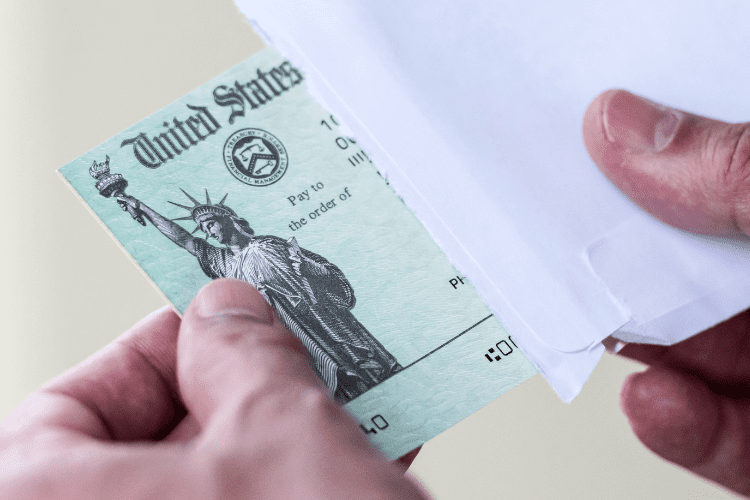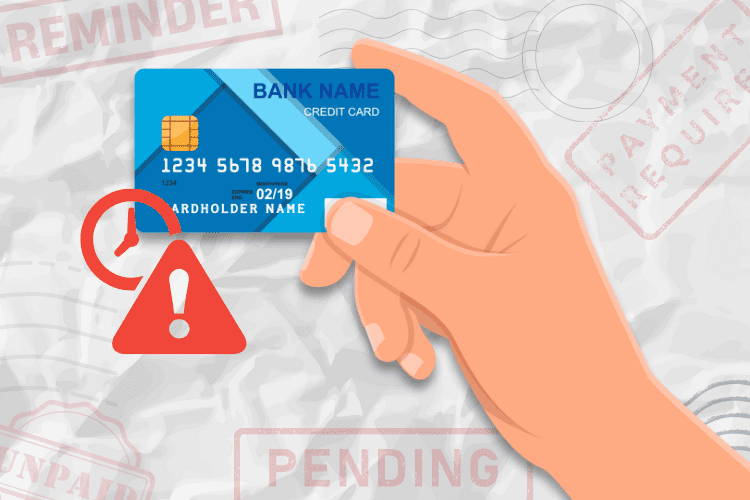Put Your Money to Work: How To Make The Most Out Of Your Tax Refund

With tax season finally over, it’s time to reap the rewards and get your refund!
With roughly one-third of Americans relying on their tax refund this year, this little gift from the IRS can be precisely what many families need to get their finances back on track.
It’s exciting to know your bank account will be a little fuller, and spending all of it without any second thoughts is tempting.
But a little self-discipline will go a long way. Think about using your tax refund wisely to meet other financial goals faster.
Let’s look at the average refund amount this year and explore some savvy ways to use it!
What’s The Average Refund Amount This Year?
So far, the average tax refund for 2024 is $3,213, about a 4% increase from last year.
Keep in mind that not everyone gets this amount. Your refund can vary significantly based on income, deductions, and filing status.
Savvy Ways To Use Your Tax Refund
No matter how much you receive, a solid plan is crucial to using it wisely. Here are a few tips to put your tax refund to good use:
Grow Your Rainy Day Fund
How does your rainy fund look this year? If you’re still not where you want to be, putting your tax refund straight into a high-yield savings account could be a practical way to put some money away.
Most financial experts recommend you have at least three to six months’ worth of living expenses saved at all times.
Emergencies like hospital visits, job loss, or a broken household essential can happen at any time. By replenishing your emergency savings, you’ll build a nice cushion and confidently handle any unexpected financial surprises in the future.
Invest It
Putting your tax refund in an investment account is one of the easiest ways to watch your wealth grow over time. From traditional stocks to cryptocurrency, you have plenty of options to build a financial portfolio that beats inflation and grows your net worth.
If you’re a first-time investor, platforms like Robinhood or Stash could be a great option to learn more about the topic. Each of these apps offers plenty of options to help you invest your cash while providing resources to newer investors who don’t know where to start!
Chip Away At Your Debt
Did you know the average consumer debt per person passed $100k in 2022?
Debt is one of the easiest ways to eat away at your savings, especially if you have high-interest loans to take care of. That said, any chance you get to pay your debts off can help you become financially free over the long run.
Start by focusing on credit card debt, loans, or anything with unfavorable interest rates.
The faster you get these under control, the fewer interest payments you’ll need to pay on top of what you already owe. Getting rid of these debts quickly can also help boost your credit score.
If you don’t have any high-interest debt, put that extra money toward your student loans or mortgage payments.
Read More: AmOne Review: Personal Loans Can Do More Than You Think
Plan For Retirement
There’s never a better time to build your retirement savings than now. If you haven’t already, consider opening an Individual Retirement Accounts (IRA) or putting something extra into your workplace’s 401(k). Both are tax-free, making creating a reliable nest egg for your golden years much more manageable.
If a chance to lower your taxes doesn’t convince you, Robinhood offers a 1% match whenever you open a Traditional or Roth IRA on the platform.
It may not seem like much, but over the long run, even a 1% match to your retirement fund could add thousands of dollars over the next few decades.
The Bottom Line
Getting your tax refund can feel incredible, especially when you’ve been trying to keep your head above water.
But instead of going on a massive spending spree, consider how it could help you achieve your long-term goals. With research and proper planning, your tax refund could dramatically improve your financial situation!
Read More:










